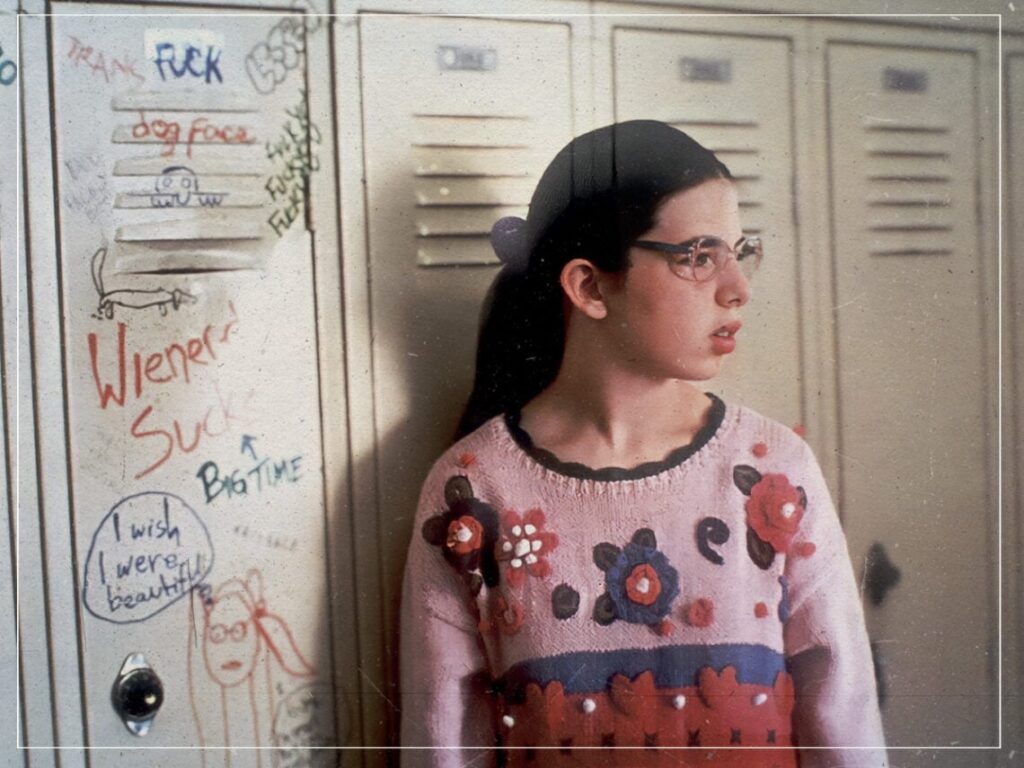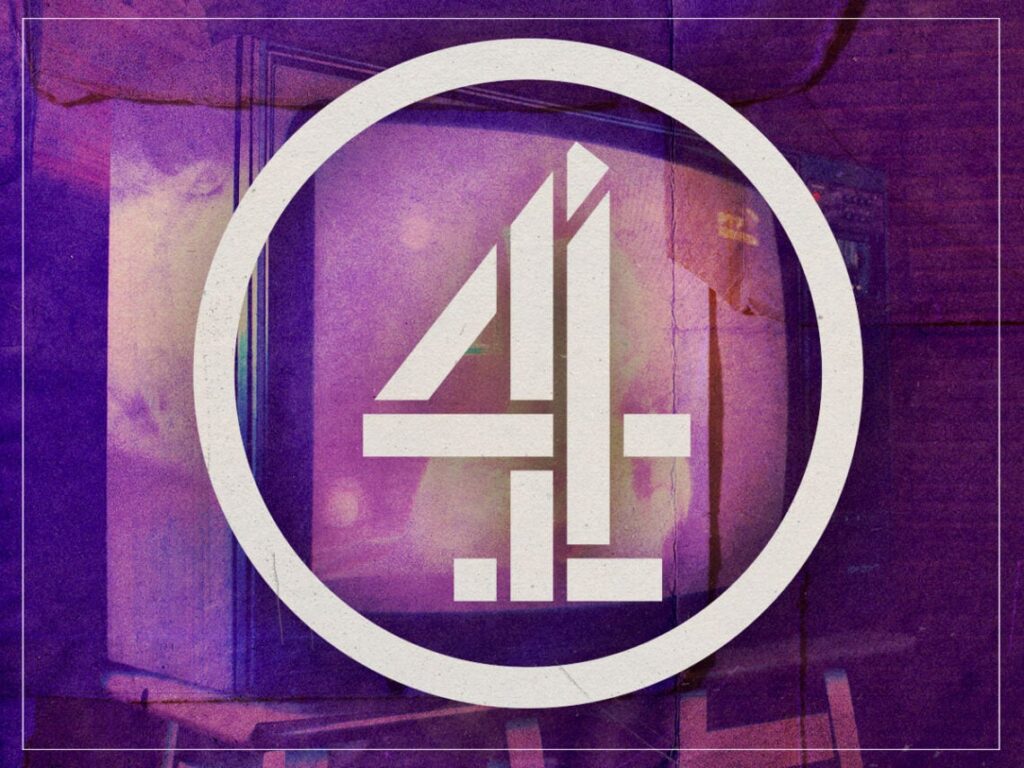‘Welcome to the Dollhouse’ and the loneliness of childhood
 Posted On
Posted On
(Credits: Far Out / Sony Pictures Classics)
Few films have captured the isolation and loneliness of childhood better than Welcome to the Dollhouse. Released in 1995, Todd Solondz’s second feature stars Heather Matarazzo as Dawn Weiner, the ultimate outsider character. Gawky, naive and unpopular, Dawn is cast to the sidelines at both school and home. She finds herself stuck in the middle of a nerdy older brother and a ballerina little sister, unable to fit in anywhere.
Solondz’s film depicts Dawn’s alienation from her peers and supposed support networks with biting honesty. Both brutal and darkly comic, Welcome to the Dollhouse doesn’t hold back in showing us the cruelty of other children, who clearly learn to hold prejudice against anyone who is not perceived as ‘normal’ from an early age. When we meet Dawn at school, we see her locker covered in graffiti that reads, “Weiner Sucks Big Time”, “LESBO” and “Dog Face”.
Dawn is ridiculed by everyone because of her appearance and shy nature, and Solondz emphasises the absurdity of bullying by depicting it as equally brutal and funny. For example, in one scene, Dawn is forced by one of her bullies, Lolita, to “take a shit” and to “leave it” because she wants to “see it with [her] own eyes”. When Dawn asks Lolita why she must torment her, she replies with a simple yet overwhelmingly cruel answer: “Because you’re ugly”.
Dawn soon strikes up a weird relationship with one of the school’s main bullies, Brandon, who threatens to rape her behind the building. Solondz doesn’t sugarcoat the lengths that bullying can go to, and it is particularly shocking to hear such a threat come out of the mouth of a 12-year-old boy. Solondz’s exploration of school bullying reflects wider societal issues of discrimination and subordination, whether that be because of appearance, gender or sexuality.
While Dawn’s experience of bullying is tied up in the way she looks and acts, Solondz uses Dawn as a symbol for anyone who has felt like an outsider in their lives and at any point within it. By using children to explore how common it is for humans to be repulsed by someone who is deemed as ‘different’, Solondz’s film suggests that this is a problem that starts at an early age, perpetuated in an endless cycle through adults that also treat certain people as outsiders.
Dawn’s parents clearly favour her little sister, Missy, who is portrayed as an archetypal ‘perfect’ daughter. She’s a dainty ballerina who prances around in a tutu with sickly sweet manners (although not around Dawn) and will undoubtedly grow up to be the perfect vision of stereotypical femininity and normalcy. Solondz implies that she will also be more akin to the bullies at Dawn’s school rather than her outcast sister, yet her parents see her as nothing but an angel due to her adherence to what is expected of her. Meanwhile, Dawn can’t even find acceptance within her family – a supposed safe space – with her parents rewinding and laughing at clips of her falling over at a family party, seeing Dawn’s embarrassment as endlessly entertaining.
While Welcome to the Dollhouse is presented as a black comedy, it is also a wildly depressing coming-of-age tale. The low-budget aesthetic (it was made with less than $1million) adds to the bleakness of the film, which presents American suburbia as a miserable nightmare rather than a supposed dream. The unpolished nature of the work makes it feel incredibly real – you just want to be able to tell Dawn that it’ll all be okay, whether you believe that to be true or not.
[embedded content]

